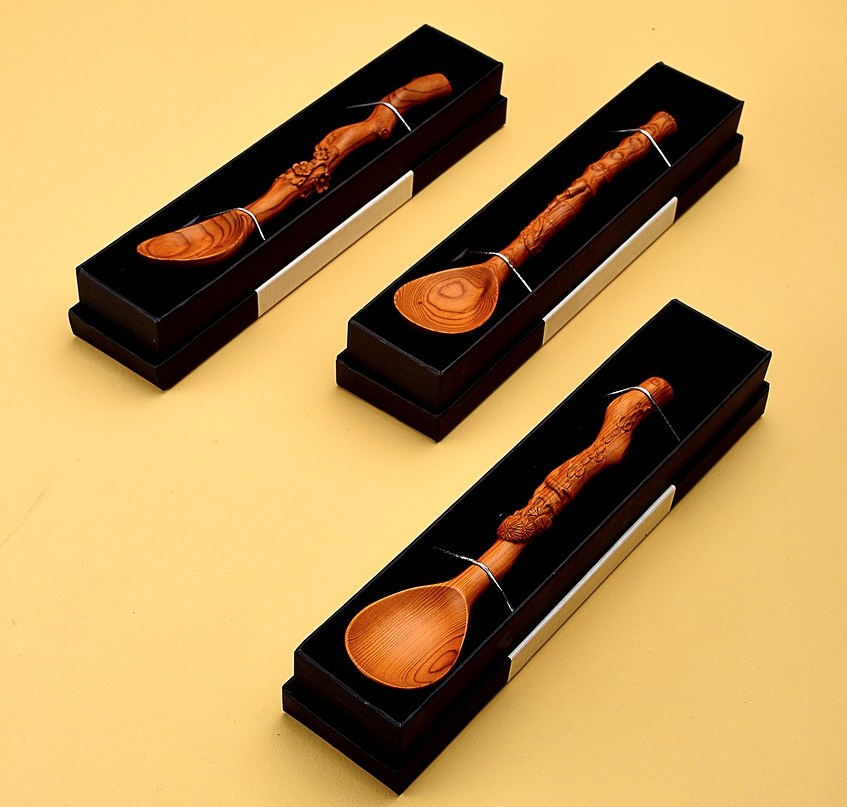Rating of the best Italian wines for 2022
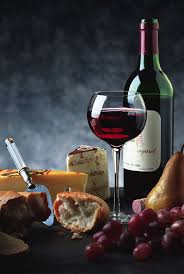
Italy, due to its location and climatic conditions, is ideal for growing grapes. The slightest change in the composition of the soil or the height above sea level brings its own unique "flavor" to the taste of both the berry and the drink made from it.

Throughout the country, the soil structure is quite diverse and includes:
- volcanic inclusions;
- tuff;
- limestone;
- fine stony alumina.
And each of these options contributes to the cultivation of certain grape varieties.
Content
A bit of history
A huge role in Italian winemaking was played by the heritage of Ancient Rome, which for many centuries was famous for its unique wines. The level of craftsmanship in their production was fantastic, and the centuries-old recipes, passed down from generation to generation, were distinguished by their uniqueness and originality. Given all this time, we can say that winemaking in Italy has existed for at least 3000 years.
Italian intoxicating drinks gained their popularity not so long ago, because before they were not bottled in glass bottles, but delivered in wooden barrels and used instead of everyday drinking.
Grape regions of Italy
The country has 20 different districts and on the territory of each of them there is a grape production.
Quite popular in the modern world are wines made from rare autochthonous grape varieties that grow at the foot of Mount Vesuvius, in the provinces of Tuscany and Piedmont. Their special properties are comparable only to Burgundy and Bordeaux in France. In total, there are over 400 species in the vastness of Italy.
Tuscany
This region ranks second after Bordeaux in France. On the area, surrounded on one side by the warm current of the sea, and on the opposite side by the Apennine ridges, the most comfortable conditions have been created for the growth of rare grape varieties.

Red wines make up 84% of all produced within Italy.
In Tuscany, non-standard wines are produced that are not made according to traditional long-term recipes. It:
- Summus;
- Sassicaia;
- haiku;
- Ornellaia;
- Vigorello;
- La Gioia.
Piedmont
It stands on the same level as Burgundy from France and is one of the most important wine-growing regions.Partially fenced by the mountainous Alps, which do not allow the Atlantic cold cyclones to penetrate inland, and the presence of constantly wet glacial soil, the sites provide the vineyards with the most comfortable conditions for development and growth.
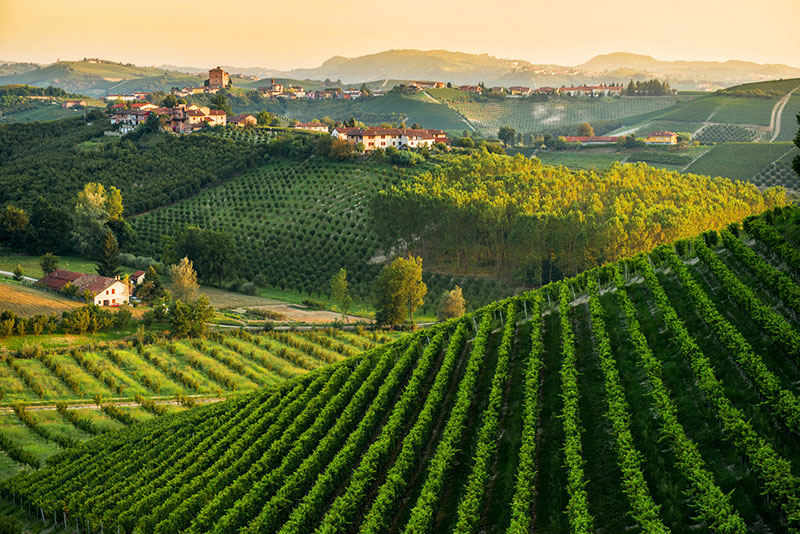
The wines they produce represent a group of vintages:
- Barolo;
- Asti;
- Barbaresco;
- Gavi.
Veneto
Due to the predominance of the Mediterranean and Alpine climate, this area is on the third step in the production of fine Italian wines.
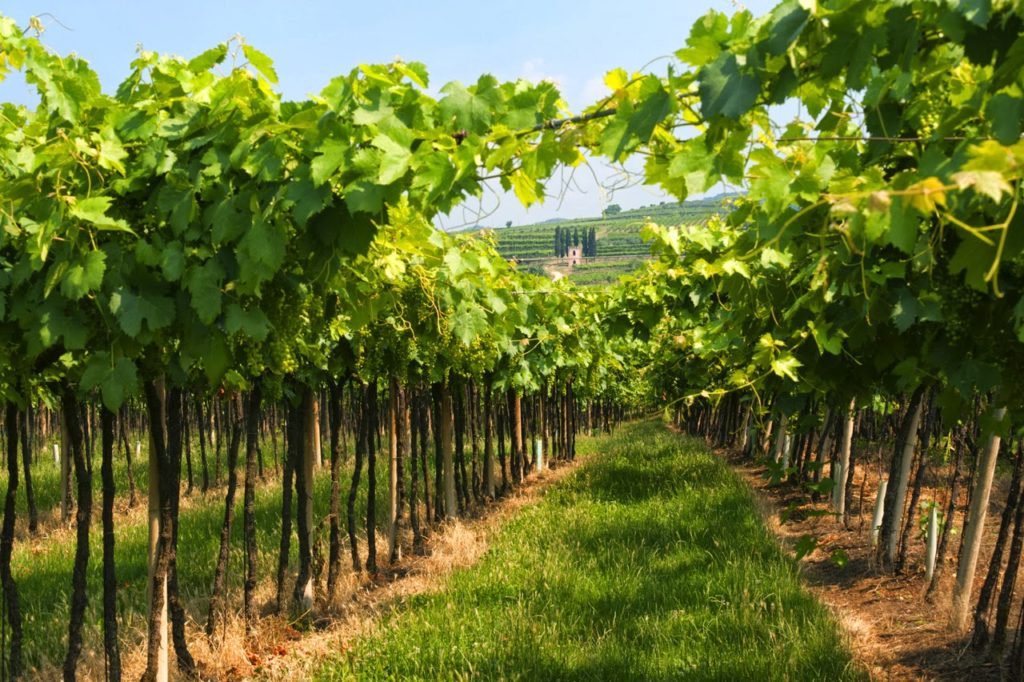
Legendary "works" of Veneto:
- Cielo;
- Giuseppe Quintarelli;
- Canti;
- Zenato.
Sicily
Moisture-resistant and hot weather prevails on the territory washed by three seas, providing the most comfortable conditions for white vineyards.
A small part of the land is occupied by red varieties.
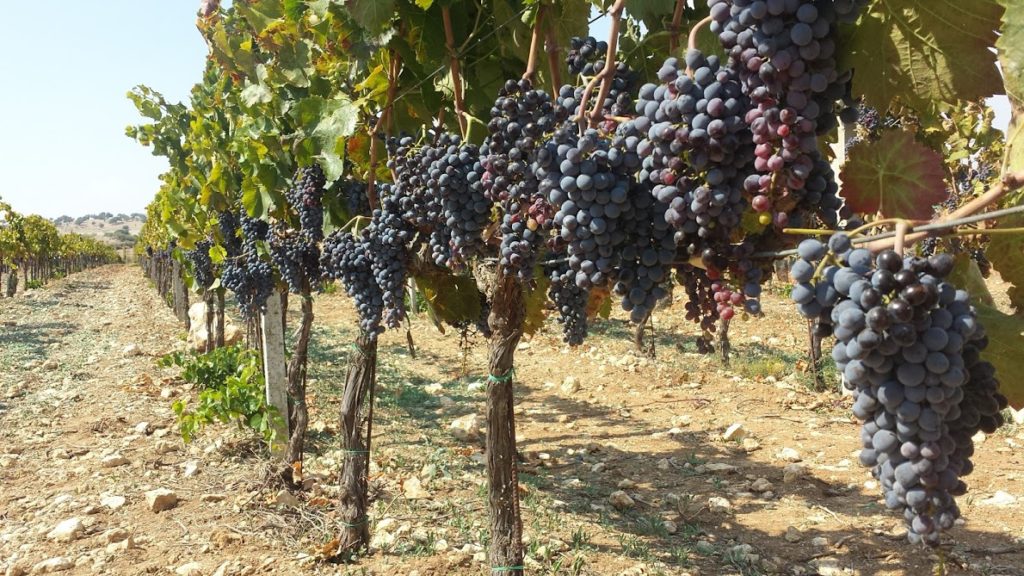
Popular brands of Sicilian wines include:
- Etna;
- Cerasuolo di Vittoria;
- Contessa Entillina;
- Conteadi Sclafani.
Friuli
The region is located in the eastern part of Italy with a predominantly Mediterranean climate and moderate temperatures. The main part of the territory is occupied by hilly terrain, where the contrast between night and day temperatures is pronounced.
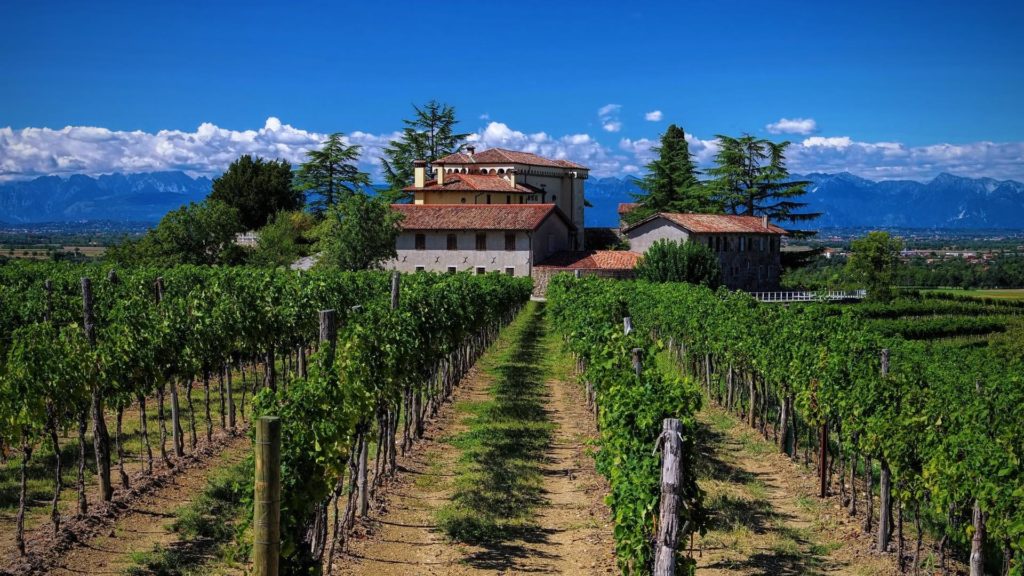
Produced drinks:
- Lambrusco;
- pagadebit;
- Canina.
Wine classification
Although the Italian wine industry is more than one century old, it was only in the 60s of the 20th century that the government began to certify and classify it. An example for such a gradation was the French model that already existed at that time.
So, modern Italian wines are divided into 4 categories, which must be indicated on the bottle label without fail.
Each group testifies to the following:
VdT is the most popular type of table wine in Italy. For him, there is no clear limitation of varietal characteristics and the location of the vineyard. The process of making such drinks is not strictly controlled.
IGT is also an equally popular variety. The quality can be better than the highest category wines. Basically, these are locally produced drinks from a certain region. This is what the label says. It indicates the region of production, the year of harvest, the variety or color of the grapes used in production. The quality and authenticity of the drink is not checked, but trusted in the name and reputation of the manufacturer.
DOC - a category of wine also produced locally in a certain area, but according to established standards. They consist in the compliance of the color, aroma and taste of the drink with the necessary standards, which is determined by a special tasting commission.
DOCG - in this category are the most famous intoxicating drinks of Italy DOCG Chianti. Their manufacturing process is strictly controlled and excellent quality is guaranteed. Of these stand out:
- Chianti Classico;
- Barbaresco;
- Brunello di Montalcino;
- Barolo.
Price policy
In the Italian wine industry, the phrase "the more expensive, the better" works. Therefore, the most profitable and effective purchase of a high-quality intoxicating drink will be to buy it directly from the manufacturer. With him, you can try all the available options for free, and choose what you liked for a fairly reasonable price, bargaining with the seller for a certain amount. Such a purchase can be 2-3 euros per 1 liter. In addition to a successful purchase, the buyer receives a lot of positive emotions and warmth of communication.
But if this is not possible, then you can buy a bottle of good Italian wine for 10 euros. This is the minimum cost of a quality table drink in branded stores and special trading platforms.
wine glasses
An integral attribute of any wine, including Italian, are glasses. Their correct selection is guaranteed to maximize the taste and aroma, gives a complete sense of perception of the drink. And vice versa, the proposed glasses of an inappropriate shape will completely spoil the first impression of the quality of the tasting substance.

So, when choosing the optimal shape of glasses for a particular type of wine, you should know which taste buds the drink should affect in the first place, so that the taster will focus on its benefits. To do this, it is advisable to familiarize yourself (for beginners) on which part of the human tongue these or those taste buds are located:
- tip of the tongue - sweetness;
- back - bitterness;
- sides - acidity;
- the entire surface is salt.
Therefore, depending on what dignity of the drink should be focused on, the necessary shape and thickness of the edge of the glass is selected.
For example, for more acidic wines, it is preferable to take containers with a narrower top, so that the liquid gets mainly on the central part of the tongue. Thus, the sides of the organ responsible for the reaction to acid will be minimally involved.
For drinks like Chardonnay, experts recommend using glasses with a wide top edge. This contributes to the identification of sour notes in the taste and a more subtle perception of the liquid consumed.
Also, tasting experts advise not to hold the glass by the bowl when enjoying an intoxicating drink. This can disturb the temperature balance of the contents and change their taste, as well as leave not very aesthetic fingerprints on the transparent glass. It is better to hold the container with three fingers by the leg.
Rating of the best Italian wines for 2022
According to consumers who tasted Italian wines, the following brands turned out to be the most popular among them.
White wine
La Granee Gavi di Gavi
This brand is a dry white wine of the highest quality. Produced by Batasiolo of the Piedmont (Gavi) region. The alcohol content is 12.5%. It has a translucent straw-gold color with slight greenish highlights. The fragrant bouquet consists of a subtle smell of yellow and green apples, citrus peel, pears, with hints of sage and honey. The balanced fresh taste with expressive acidity includes mineral shades and has pleasant aftertaste. It is recommended to use it at business meetings, dinners, receptions. When serving, the temperature of the drink should be 8-10°C. It is well suited as an aperitif or in combination with fish, seafood, light vegetable salads.

- high quality;
- refined taste;
- great fragrance;
- versatility of application;
- variety of product combinations.
- not identified.
Pinot Grigio Friuli Grave
This wine belongs to the DOC category and is produced according to the required standards. The region of growth of raw materials is Friuli (Venezia Giulia). Manufacturer: Italo Cescon. White, dry drink has a transparent pale yellow tint. The bouquet of aromas consists of fruity notes of citrus, peach, pineapple with a slight hint of nutmeg. The taste is perfectly balanced.Pinot Grigio Friuli Grave is used at business meetings, dinners, light receptions. It goes great with:
- seafood;
- fish marinated in citrus peel;
- snacks, complemented by spicy spicy dressing;
- white meat flavored with spicy mayonnaise.

- great quality;
- wonderful taste;
- great fragrance;
- a large number of combinations with products and dishes;
- versatility of use.
- not detected.
Pinot Grigio Delle Venezie
An excellent option for any buffet table is the white semi-dry Pinot Grigio Delle Venezie, produced by Cesari. From the Pinot Grigio grape varieties grown in the Veneto region, wine is made of a bright yellow-straw color with a delicate and delicate aroma of peaches, pears and white flowers. Fresh, elegant and at the same time bright, balanced taste with good texture and fragrant pear aftertaste. The alcohol level of Pinot Grigio Delle Venezie is 12.5% and the serving temperature must not exceed 8-10°C. It works great with:
- light snacks;
- green salads;
- fish dishes based on low-fat products;
- main seafood dishes.

- great option for buffets;
- multifaceted combination with various products;
- high taste qualities;
- pleasant aroma;
- balanced structure.
- not detected.
Red
Salvalai Classico Amarone della Valpolicella
This drink is a red semi-dry wine from Veneto produced by Cesari, belonging to the highest quality category. Made from elite grape varieties Rondinella and Corvina.The reason for drinking Salvalai Classico Amarone della Valpolicella can be dinner parties, business meetings, special occasions or purchase as a gift option for a connoisseur of such drinks. Its strength is 15%, and the temperature when serving should not be lower than 16-18 ° C.
The color of this drink is a very beautiful red-garnet hue. The bouquet of aromas includes rich notes of dried cherries, blackberry jam, plum marshmallow framed by balsamic and almond touches. The taste is distinguished by its special power and density. Roasted grains of coffee, oak, aromatic and spicy spices are felt in it with a multifaceted long aftertaste.
Salvalai Classico Amarone della Valpolicella is essential to:
- game;
- red meat in combination with multi-component mushroom, berry or nut-based sauces.

- unsurpassed quality;
- great taste;
- rich pleasant aroma;
- a wonderful combination with meat dishes;
- variety of applications.
- not found.
Appassimento Segreto Rosso Salento
The intoxicating red semi-dry wine of the local producer Contri Spumanti from the Puglia region is also of high quality. Made from Negroamaro grapes, it contains 14% alcohol. Its application is quite wide. Appassimento Segreto Rosso Salento is perfect for any celebration, banquet, dinner, party, and will also be a great gift for a close friend or a respected person. When serving, it is desirable to observe a temperature of 16-18 ° C. A distinctive feature of this wine is a bright, rich red-ruby color with maroon reflections. The fruity aroma consists of notes of blackcurrant, blackberry and sweet spices.Well-structured taste envelops with fruit and berry spicy aftertaste.
Appassimento Segreto Rosso Salento paired well with aged cheeses and dishes containing red meat.

- local wine of a famous brand;
- high quality;
- excellent taste;
- wonderful aroma;
- excellent combination with cheeses and meats.
- not found.
Barbera d'Asti
Red, dry vintage wine from Piedmont (Asti), made from the elite Barbera variety by Batasiolo, is distinguished by its unsurpassed quality and taste. It will become indispensable at a beautiful party, a solemn event, a light reception or a business meeting. A sufficient alcohol level of 13.5% and a serving temperature of 16-18°C will ensure maximum enjoyment of the unique taste and heady aroma. The original ruby color with playful pomegranate highlights enchants the eye, and the fresh, full taste of spicy sweet spices, ripe berries, fruits and their characteristic acidity is accompanied by a rich, bright aroma of plums, cherries, cherries, wrapped in a cloud of wood cut and tobacco. Subtle notes of cocoa leave a pleasant aftertaste.
An exquisite combination of Barbera d'Asti with various meat dishes and aged cheeses.

- drink of the highest category;
- unique taste and aroma;
- great partnership with cheeses and meats.
- not detected.
Cacciata Chianti
Light red, dry wine of the highest category from Tuscany is made from rare varieties of Canaiolo, Sangiovese and Ciliegiolo grapes and is perfect for celebrating any event, making an excellent company in a light buffet or business lunch.The drink of the famous manufacturer Castellani has a low alcohol level (12%) and attracts attention with a lively ruby color. Its distinctive feature is a rich berry taste with velvety notes of sourness, a bright fruity-violet aroma and a juicy aftertaste. When serving, it is recommended to adhere to a temperature of 14-16 ° C.
Cacciata Chianti combines uniquely with:
- meat cold appetizers;
- steaks;
- ravioli;
- steak
- burger;
- paste;
- pizza with meat or tomato sauces.

- quality of the highest category;
- excellent taste and aromatic properties;
- great combination with a variety of products.
- not found.
Barolo
Red, dry, made from elite Nebbiolo grapes grown in Piedmont, the wine is distinguished by its exquisite aroma and rich taste. It can be the center of attention at any party, gala event, business lunch or buffet. The alcohol level in Barolo is 14.5%, the serving temperature should not exceed 16-18°C. A drink of beautiful pomegranate color attracts the surrounding heady aroma of garden flowers, spicy spices, ripe fruits of figs, cherries, plums, seasoned with a touch of wheat toast and tree resin. The taste is amazingly balanced and slightly diluted with gentle sourness of rose hips.
An excellent tandem Barolo is with:
- main meat dishes;
- cold appetizers from meat;
- aged cheeses;
- foie gras fish.

- the highest quality;
- suitable for all situations;
- wonderful taste and aroma;
- combination with many products and dishes.
- not identified.
As much as human tastes and preferences vary, the wines produced in Italy are so diverse. Even the most sophisticated and demanding gourmet will not remain indifferent after tasting the intoxicating drinks of the many-sided Italian regions. Drinking wines you have already grown fond of, it is impossible to resist the temptation to taste still unfamiliar, but already quite popular varieties. We hope that the names listed in this article, hitherto unknown, but attractive, will attract you to the arms of Bacchus.
new entries
Categories
Useful
Popular Articles
-

Top ranking of the best and cheapest scooters up to 50cc in 2022
Views: 131655 -

Rating of the best soundproofing materials for an apartment in 2022
Views: 127695 -

Rating of cheap analogues of expensive medicines for flu and colds for 2022
Views: 124522 -

The best men's sneakers in 2022
Views: 124039 -

The Best Complex Vitamins in 2022
Views: 121943 -

Top ranking of the best smartwatches 2022 - price-quality ratio
Views: 114982 -

The best paint for gray hair - top rating 2022
Views: 113399 -

Ranking of the best wood paints for interior work in 2022
Views: 110323 -

Rating of the best spinning reels in 2022
Views: 105333 -

Ranking of the best sex dolls for men for 2022
Views: 104370 -

Ranking of the best action cameras from China in 2022
Views: 102220 -

The most effective calcium preparations for adults and children in 2022
Views: 102014



